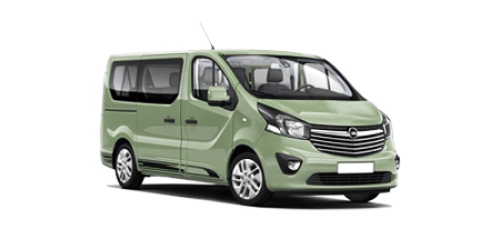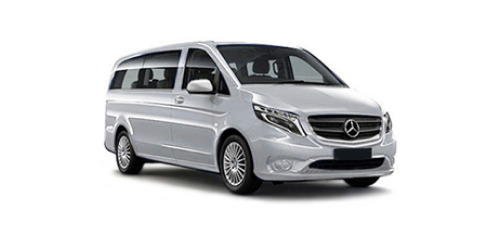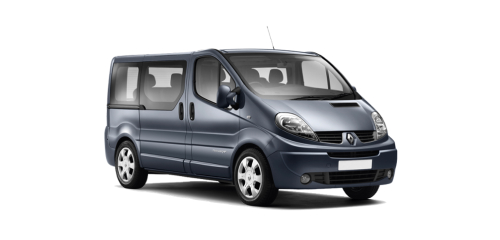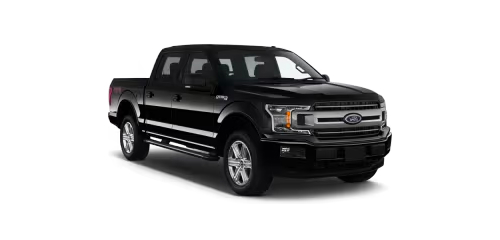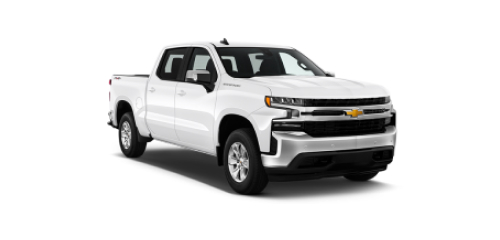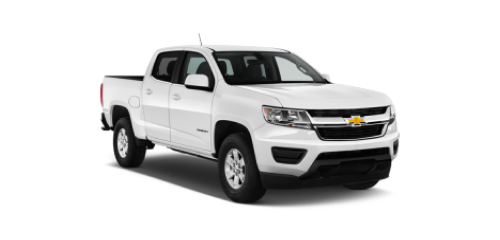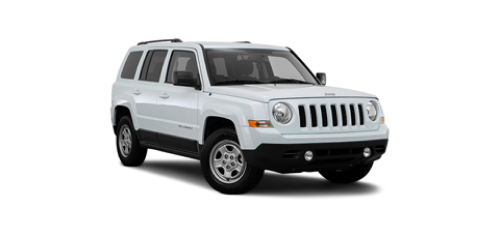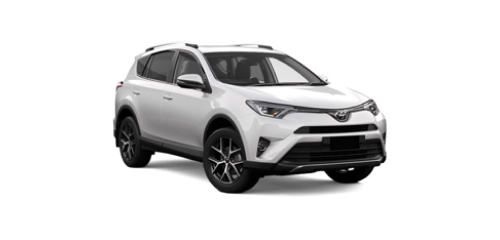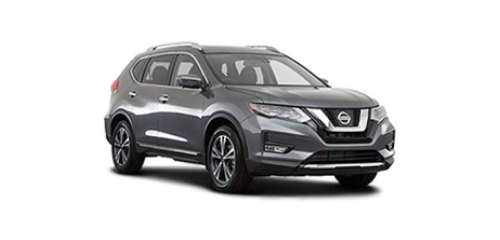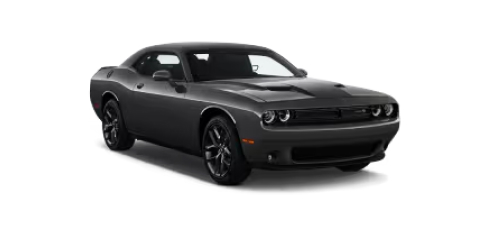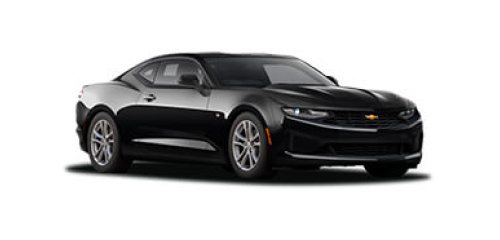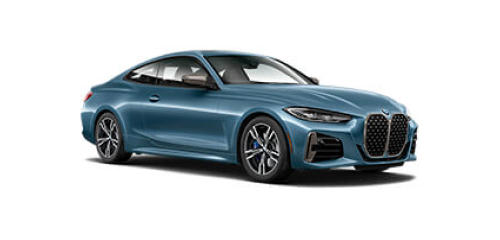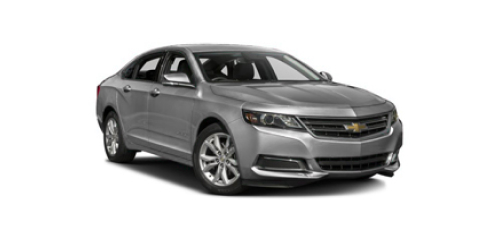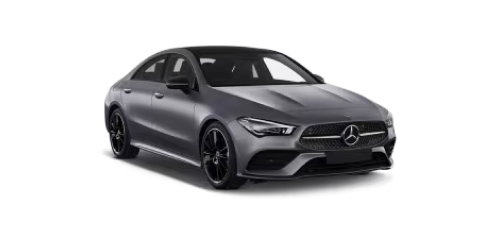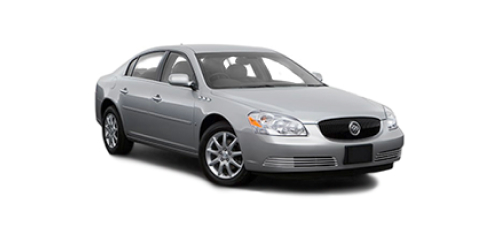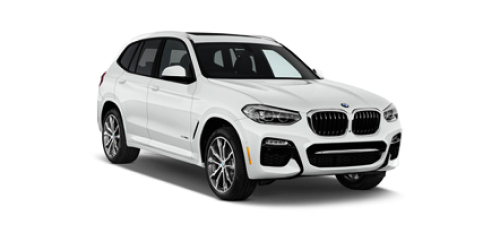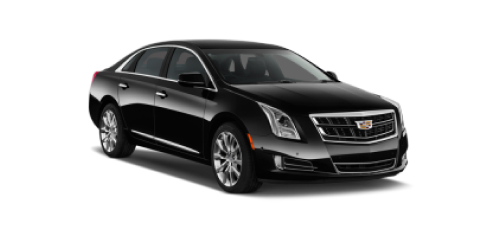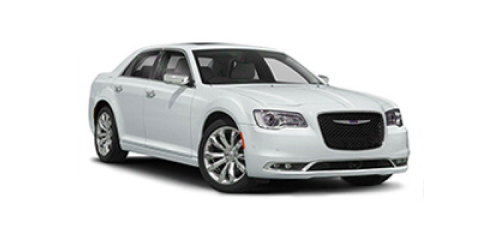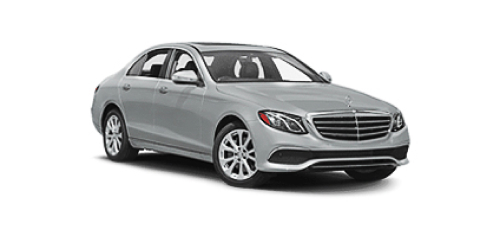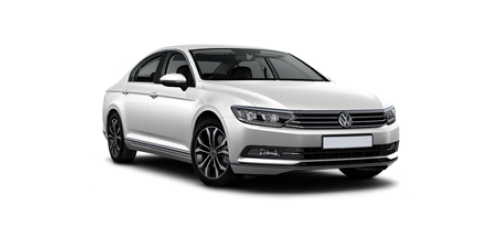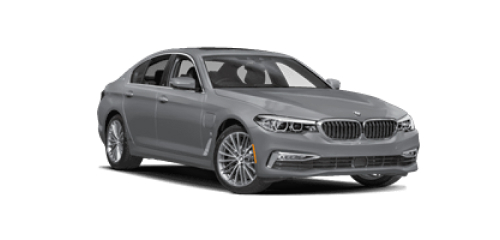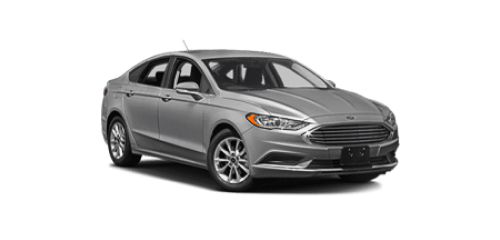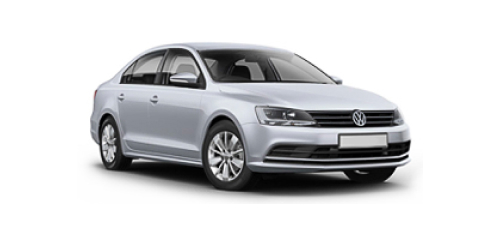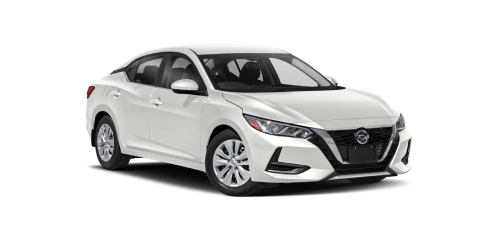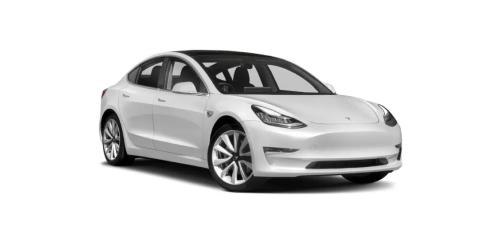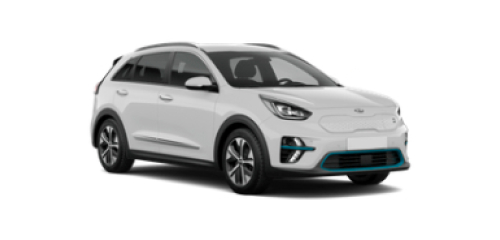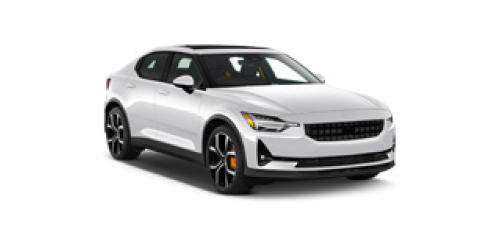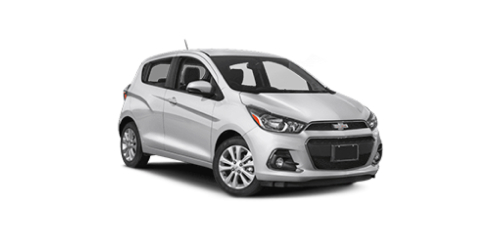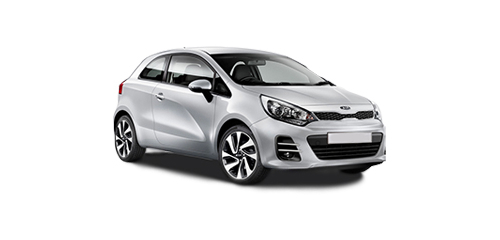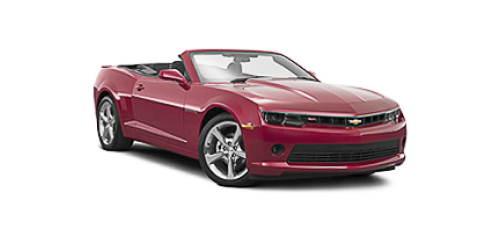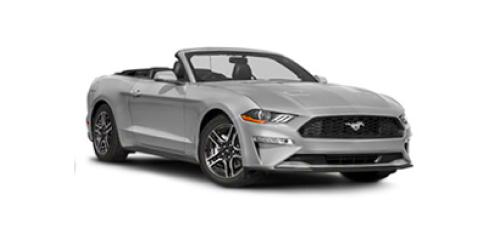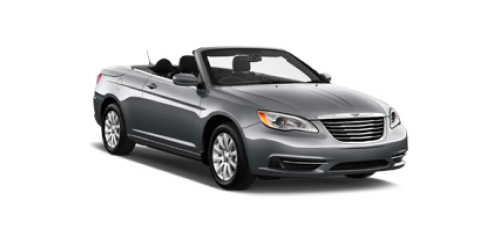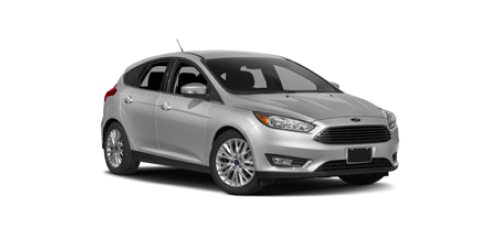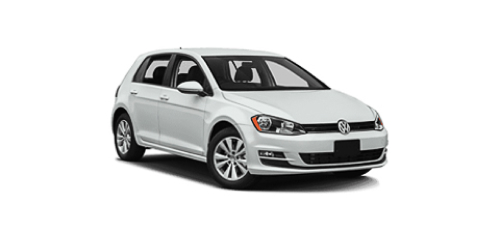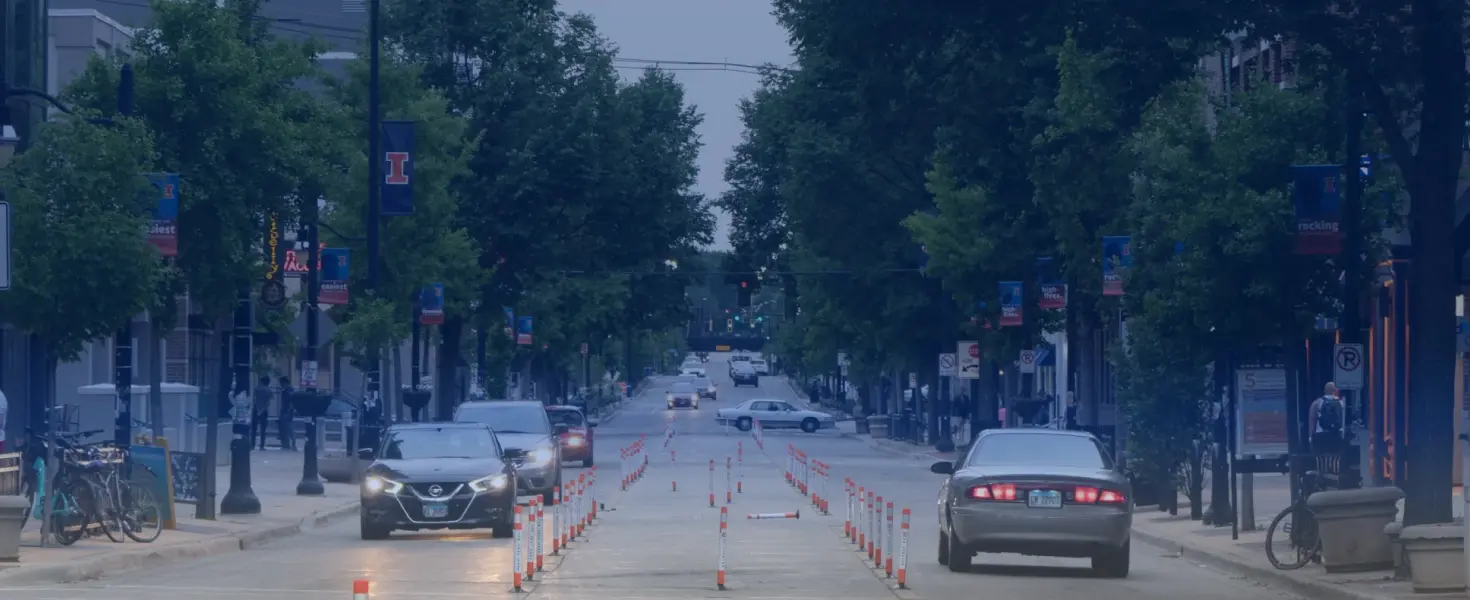
Cheap Car Rental in Majorca
- Secured payment guarantee
- 4 million users
- Multi-language support
- Booking of any class cars
- 600 providers worldwide

Tips for renting a car inexpensively in Mallorca
Looking for a cheap car rental in Mallorca? With Economybookings, you can easily compare multiple providers to find the best possible deal across the country. Whether you're exploring major cities or venturing into rural regions, a quick comparison can save you time and money.
- Compare pickup locations – Select the broader city instead of a specific location to unlock more deal options, including off-airport savings.
- Slightly adjust pickup times and dates – Even changing your booking by an hour can reveal lower rates.
- Choose economy or compact cars – These vehicle types are usually the most budget-friendly.
- Book early – Especially during peak travel seasons (summer, holidays), advance booking helps secure lower prices and better availability.
Tips When Renting a Car in Mallorca
- Mallorca is one of the most popular islands in Spain, and driving around it gives you the freedom to discover its hidden gems. If you're visiting in summer, make sure to book your rental car in advance. It's high season, so demand spikes, prices go up fast, and availability drops.
- The easiest option is to pick up your rental car at Palma Airport (PMI), where you'll find a wide range of rental companies with direct access from the terminal. If you're arriving by ferry, you can also rent a car at the Port of Palma, though there are fewer options compared to the airport.
- While Mallorca's roads are generally in good condition, they tend to be narrow and winding. Renting a small car will make driving and parking much easier. If you're planning to explore mountain areas like the Serra de Tramuntana, a car with decent power will come in handy.
- In summer, some areas restrict access to private vehicles during certain hours, so it's worth checking in advance. To avoid parking issues, use designated lots or look for blue zones. In many small towns, parking is free.
Driving Tips in Mallorca
- Always carry your driver's license, rental contract, and insurance documents.
- Drive on the right, overtake on the left, and always signal your intentions.
- Pedestrians have the right of way at crosswalks; make sure you stop for them.
- Roundabouts require attention. Pick your lane before entering: inner lane for overtaking and outer lane for exiting. Yield to vehicles already in the roundabout and signal right before exiting.
- Mountain roads are narrow with sharp curves, so slow down and drive carefully.
- Popular gas stations include Repsol, Cepsa, and BP, many of which are open 24/7.
- Spain has strict alcohol laws: the limit is 0.5 g/L (0.3 if your license is under two years old). Fines can easily exceed €500.
Speed Limits
- 120 km/h (75 mph) on highways
- 90 km/h (55 mph) on secondary roads
- 50 km/h (31 mph) on city streets
- 30 km/h (19 mph) on residential or narrow streets
- 20 km/h (12 mph) in shared pedestrian zones
Many inland and mountain roads are narrow and winding, so it's a good idea to drive below the legal limit and with extra caution.
Road Signs
Road signs in Mallorca follow the European standard: clear icons and limits in km/h. In Palma, Low Emission Zones (ZBE) are well marked, and you'll see many 30 km/h zones in the historic center. Watch for red bus/taxi lanes, especially near the intermodal station or the seafront promenade. In rural areas, look out for signs warning about loose animals or narrow paths.
Tolls and Restricted Zones
Mallorca has no toll roads, and driving is free across the island. There are also no active low-emission zones, but Palma's city center has pedestrian areas and restricted access zones for non-residents. Always check the signs when entering old town areas or use traffic apps to avoid accidental fines.
Discover Mallorca by Car
Mallorca is the largest of the Balearic Islands and one of Spain's top destinations, known for its stunning beaches, charming villages, and rich cultural and culinary scene. It's an ideal place to explore by car, especially if you want to visit remote coves or inland towns.
Renting a car in Mallorca lets you explore the island at your own pace. From Palma, drive along the Serra de Tramuntana to Valldemossa or Deià, or head to beaches like Cala Llombards or Es Trenc. You can also stop by local markets in towns like Sineu or enjoy a stroll around the Port of Sóller after one of the most scenic drives in the Mediterranean.
When to Visit
- May–June: Long days, perfect weather, and fewer tourists than peak season.
- July–August: Ideal for beach time and sunbathing, though it's the busiest time of year.
- September–October: The sea is still warm, the weather is great, and the island is much quieter.
Languages & Communication
Both Spanish and Catalan are spoken in Mallorca, though the local Catalan variant is known as Mallorquín. You'll see both languages on signs and in public services. You don't need to speak Catalan to get around. English and German are also widely spoken in tourist areas due to the large number of international visitors.
Currency & Payments
The euro (€) is the currency in Mallorca. Credit and debit cards are widely accepted, from metro rides to small shops. Still, it's useful to carry some cash, especially if you're visiting rural markets or inland towns. ATMs are widely available across the island.
Top Driving Routes from Mallorca
- Serra de Tramuntana Route: Drive from Palma to Sóller, Deià, and Valldemossa: winding roads, charming villages, and mountain scenery.
- Drach Caves & Porto Cristo: A trip to the island's east coast with incredible caves and a peaceful seaside town.
- Formentor Lighthouse: A dramatic drive to the island's northernmost point, with breathtaking lookout points along the way.
- Southern Beaches: Cala Pi, Es Trenc, and Cala Mondragó: perfect spots for a relaxing beach day.
- Inland Villages Route: Visit Alaró, Binissalem, or Sineu to experience authentic Mallorca off the beaten path.
Experience the top locations with car rental in Majorca
Opening hours
Address
Documents on pick-up
Credit Card
Take your credit card in the main driver`s name with a limit large enough to cover the excessPassport
Take your passportDriving License
Take your local and international driving licenseAll car rental in Majorca
Discover the cheapest car rental in Majorca
* Disclaimer: Prices displayed may not reflect today's rates.
What our customers say
Car rental companies in Majorca
We have prepared a shortlist of top rental companies in Majorca. To save both time and money compare offers on EconomyBookings.com to find the best deal.

















